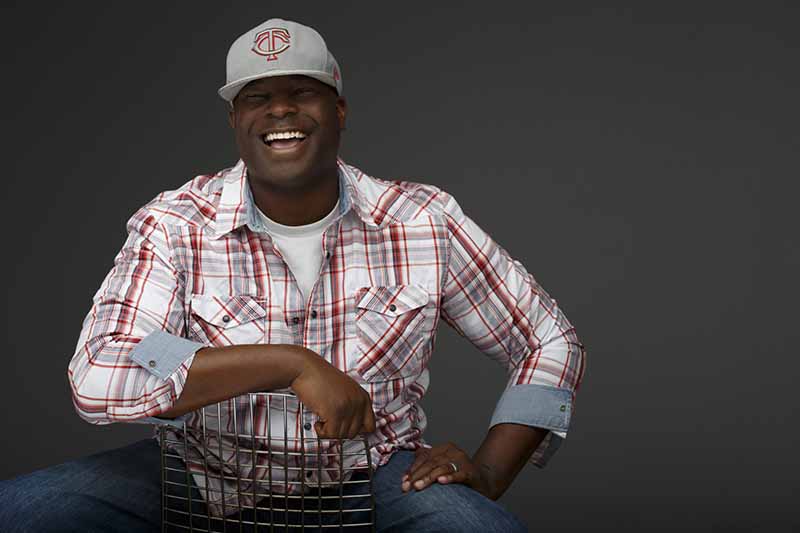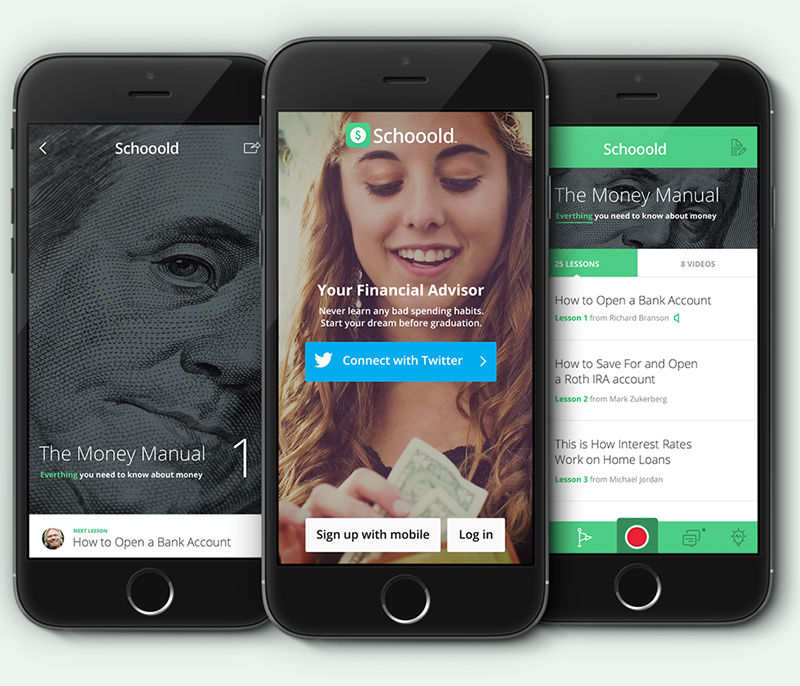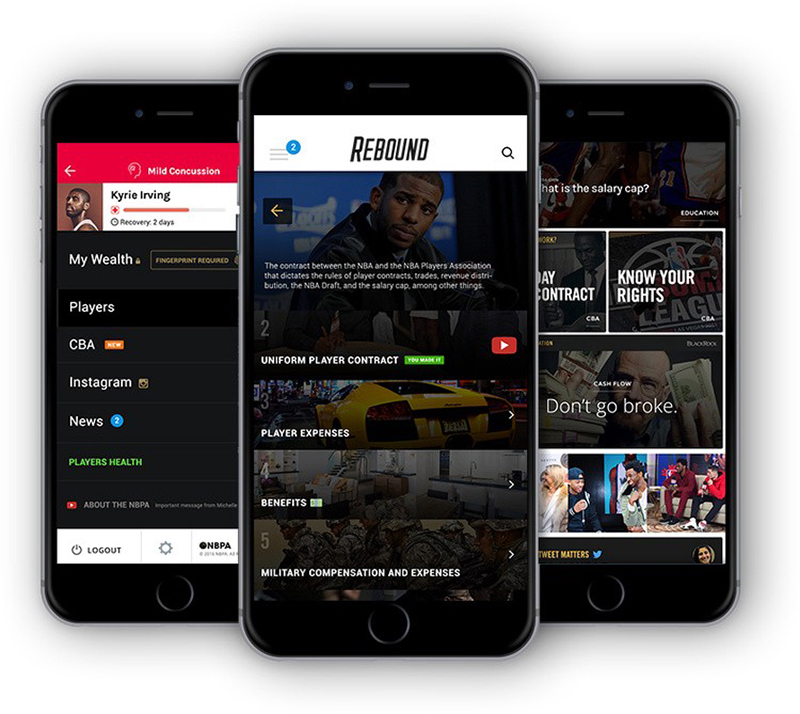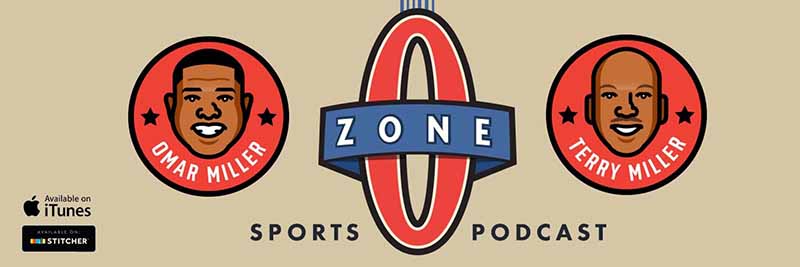
This interview is part of an ongoing Design Observer series, Chain Letters, in which we ask leading design minds a few burning questions—and so do their peers, for a year-long conversation about the state of the industry.
In February, we celebrate Black History Month and examine how to better design for inclusivity.
Ced Funches started his career in the NBA working as an art director and graphic designer for the Minnesota Timberwolves. A driven entrepreneur, he has founded five companies, the first at age 19. He has continued to lead design teams, create socially driven campaigns, collaborate, and build creative solutions at a some of the world’s best companies.
How does being a black designer influence your work?
Being a black male in the design industry gives me a distinct sense of purpose and responsibility to not only produce great work but also inspire those I connect with along the way. I think I would have been motivated to develop my craft regardless of my background, but my voice, specifically, is uniquely shaped by my experiences. The experience gained from exposure to diverse cultures in my youth has assisted in my growth and are a constant influence on the solutions I create as well as the way I deliver them.
There is a sense of responsibility I do consider when making decisions or adding to design discussions. It’s odd and sometimes a heavier load but one aspect of my position in the industry I have come to accept.

Jordan Peele, Keegan Michael-Key, and Colton Dunn with copies of my children’s book.
How do you mentor others?
Open. Honest. Fair. Free. Giving timely advice, answering questions, or simply having a conversation and listening to colleagues has served me as great ways to assist others looking to grow. Being open to sharing my failures has helped me to enjoy some great relationships and help. I like to stick to these few rules:
- Take a real interest in the other person.
- Show compassion and empathy.
- Look for ways to share my network.
- Listen.
- Learn from my own mentors.
What’s the biggest cliché you hear when it comes to designing for inclusivity? Why?
“Turns out inclusive design is really hard.”
Admitting you may not be the best person to bring a vision to life is the hard part. By definition, our jobs as designers are to bring to life what is in the mind. When design is exclusive, there are a multitude of choices made to bring that limited vision to life. People are excluded from design, products, services, leadership, and conversations by design.

Financial literacy app that teaches high school students finances and better decision making traits
How can design be used by disenfranchised groups to give themselves power?
Taking control. Tools have never been more accessible. Sometimes the visual aspect is not the most important part of design. Disenfranchised groups have led the way on innovation of style, craft, and remixing trends for quite some time. The expert organizing of ideas is where I see a shift in power. Taking control of narratives and telling better stories. Designing the world you want to see. That type of liberating power goes into creating media of all types. I love what Morgan DeBaun and the team is doing at Blavity. I really respect Jordan Peele as a master storyteller. His ability to design an experience that connected so many social issues has been inspiring to watch develop.
I’m much more interested in mobilizing design into action than creating for accolades and endless typography discussions. Those have their place for sure, but we need to put words and craft into action.
Sometimes the visual aspect is not the most important part of design. The expert organizing of ideas is where I see a shift in power.
Which design moment from the past year do you see as a bellwether for change? Why?
I loved the Equality campaigns from Nike. I was in New Orleans last year for the NBA All Star game and it was a very powerful statement to see on Benson Tower. Visual advocacy—brands connecting with social issues and supporting the consumers that keep them in business. That seems to be the future of how design can spur on other needed changes.
Still, it is embarrassing to see such a lack of diversity in design leadership in tech and advertising. Hopefully 2018 brings more change.

NBPA Educational app for player development
From Dian Holton: Share a moment when you were realized the impact of your work on a community or specific demographic (this could be a negative or a positive) and how it changed you.
When I worked in the NBA I saw firsthand how impactful it was to my community to see an African American working in the front office. I have had so many individuals reach out and tell me that I have been an inspiration to them over the years, and that seeing me on TV, at large events, and featured in articles made a difference in their lives.
That experience changed my perspective on how important representation is and gave me a lot of purpose within my work. That moment made it clear to me that my purpose needed to be backed up with outreach and mentoring.

Branding for Omar Miller’s O-Zone sports podcast on UNINTERRUPTED

Sports branding for community college in San Diego, CA
Next week Ced Funches asks Jason Murphy, former design director at Nike: If you could change one troubling aspect you’ve experienced in the design community into a positive outcome, what would it be?
